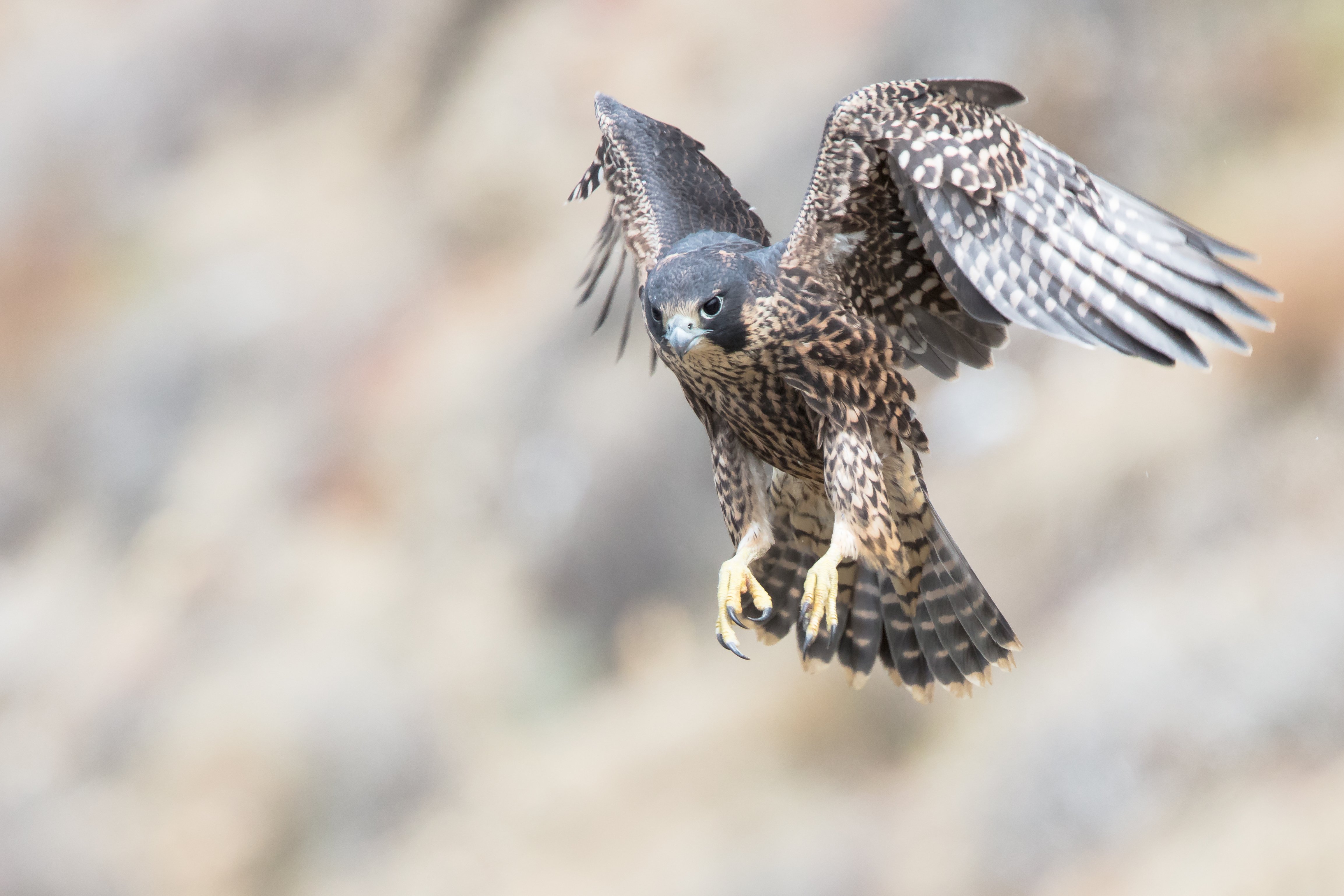Discover the Wild Side of Our National Parks.
The wonders of our national parks are second to none, showcasing stunning landscapes and an abundance of wildlife. Witness the majestic Grand Canyon, home to hundreds of bird species, or visit Yellowstone to see legendary bison and their young. From bears to elk and everything in between, our national parks are teeming with fascinating wildlife waiting to be discovered. With over 100 years of experience in preserving the natural beauty of national parks, Xanterra Travel Collection® provides unparalleled opportunities for birdwatchers, nature enthusiasts, and adventurers alike to explore the diverse and fascinating ecosystems of our national parks. So grab your binoculars and get ready for an unforgettable journey through some of the most beautiful and diverse habitats on earth.
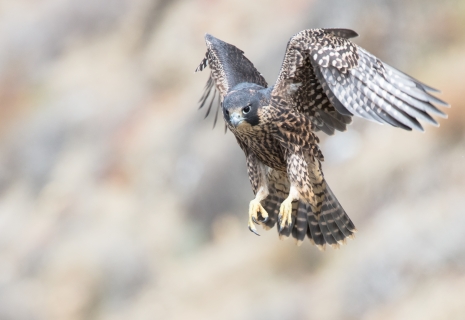
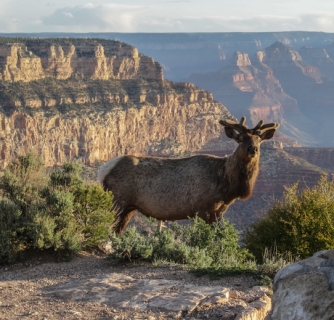
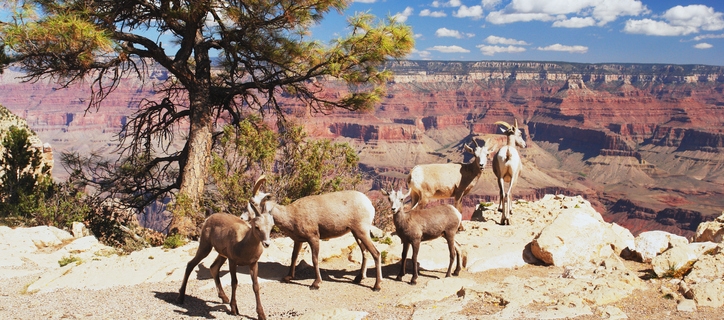
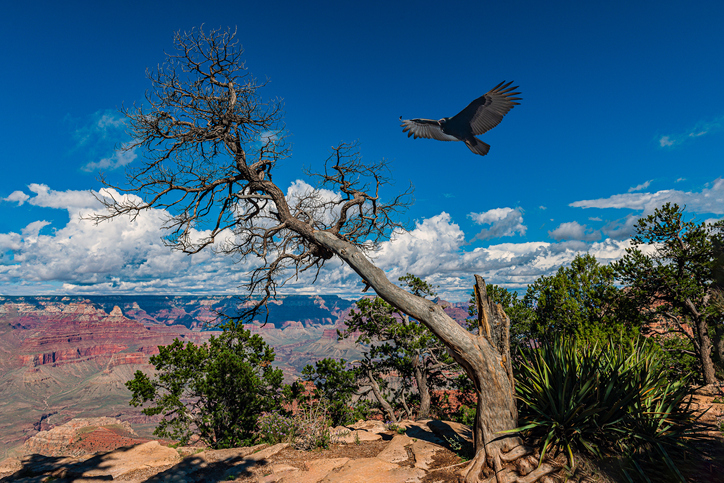
Grand Canyon National Park
The Grand Canyon is a destination that leaves visitors awestruck with its incredible natural beauty. But beyond the towering cliffs and rugged landscapes, the park is also a haven for wildlife enthusiasts and birdwatchers. With over 350 species of birds—including the majestic bald eagle and the endangered California condor—there are ample opportunities to witness these winged creatures in action.
Thanks to the successful recovery program launched by the non-profit Peregrine Fund, the number of condors has increased to over 400, making the Grand Canyon a crucial habitat and place of revival for these magnificent birds. While the spring and fall migrations offer optimal viewing opportunities, there are chances to witness the park’s avian life year-round. In addition to California condors, the Grand Canyon is also home to Canyon Wrens, Pinyon Jays, and ravens, adding to the park’s rich natural heritage.
Birds aren’t the only animals to call the Grand Canyon home. With 1.2 million acres of largely undeveloped land to explore, the park is teeming with wildlife. From elk and bighorn sheep to coyotes and mountain lions, visitors can spot mammals, reptiles, amphibians, and fish species. You might even encounter a rattlesnake or scorpion when venturing into the canyon!
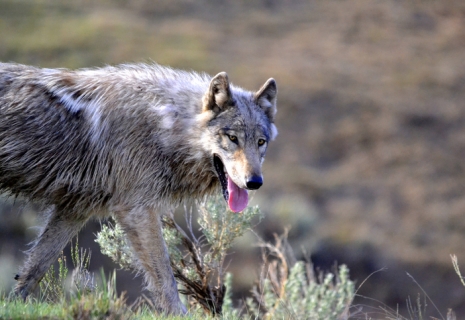
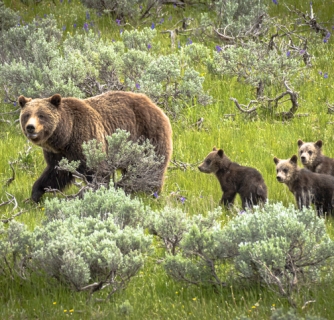
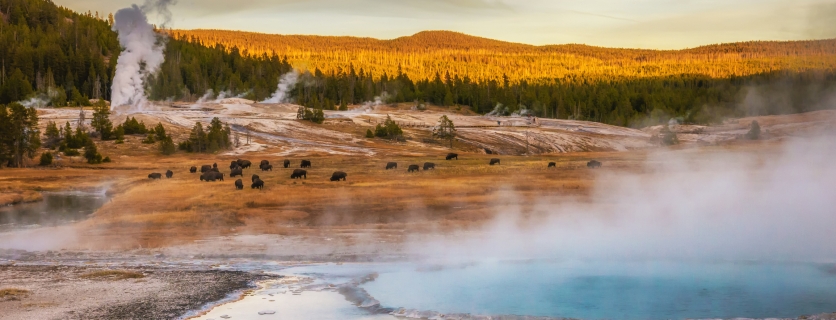
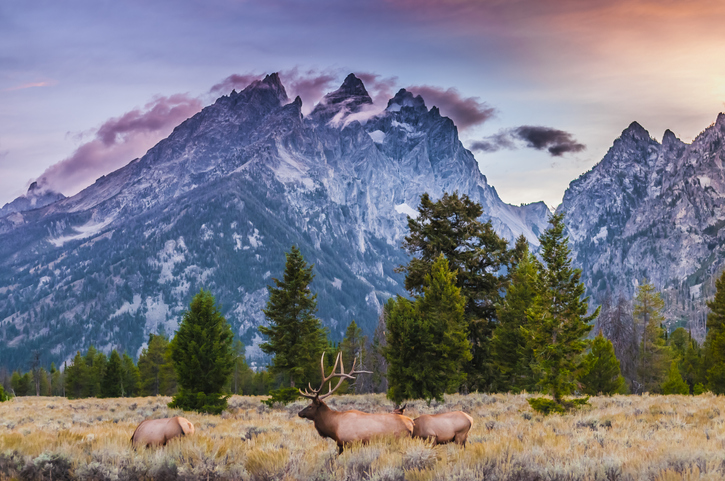
Yellowstone National Park
Yellowstone National Park is renowned for its bison population—the largest on public land in the world—with over 5,000 freely roaming within the park. The northern herd breeds in the Lamar Valley and the surrounding high plateaus, while the central herd breeds in Hayden Valley. Most of the year, mature male bison (bulls) live alone or with other bulls, except during the rut, which takes place from late July to August. During this time, bulls display their dominance by bellowing, wallowing, and fighting other bulls, locking horns, and grunting as they challenge each other for dominance.
In winter, visitors may spot bison warming themselves near hot springs and thermal features in the Upper Geyser Basin, some with icicles clinging to their fur. Snowcoach tours are available during the winter months to access select areas of the park.
Yellowstone is also home to wolves, grizzly bears, elk, beavers, and more. During the summer, elk can be spotted grazing in Yellowstone’s Gibbon Meadows, Elk Park, and Lamar Valley in the early morning. However, the best time to observe elk is during the rut, which takes place in the Mammoth Hot Springs and Madison River areas in the northern range of Yellowstone from mid-August to the beginning of September, lasting about one month. The fall rut of the bull elk is an unforgettable experience that draws thousands of visitors to Yellowstone each year. The bugling of the males is a thrilling sound, ranging from low throaty grunts to high-pitched whistles, that echoes through the park valleys.
Spot Grizzly bears mid-summer in the meadows between Tower-Roosevelt and Canyon, and in the Hayden and Lamar valleys. Black bears can sometimes be seen during the day in Lamar Valley and near Tower Falls and Roosevelt Lodge.
American White Pelicans and Barron’s Goldeneye ducks can be found in and around Yellowstone Lake and park rivers, while hawks are often spotted in Hayden Valley from late August through early October. The Great Grey Owl can be more elusive, calling old-growth forests and riverbanks home. Visitors may also have the chance to observe bald eagles, which reside in Yellowstone year-round and prey on fish and waterfowl around Yellowstone Lake during the summer months.
For the ultimate wildlife experience in Yellowstone, consider taking a guided tour or hike with a knowledgeable ranger who can offer expert insights into these magnificent creatures’ behavior and habitat.
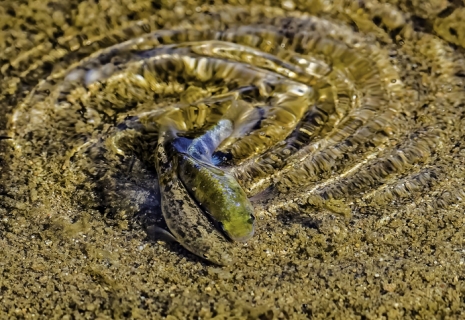
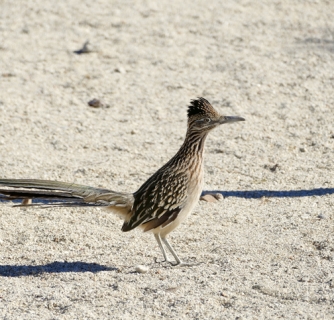
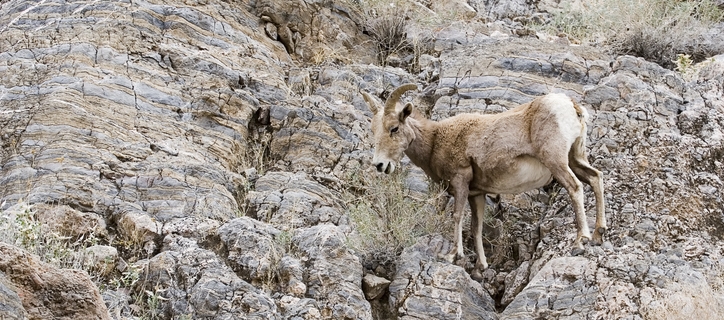
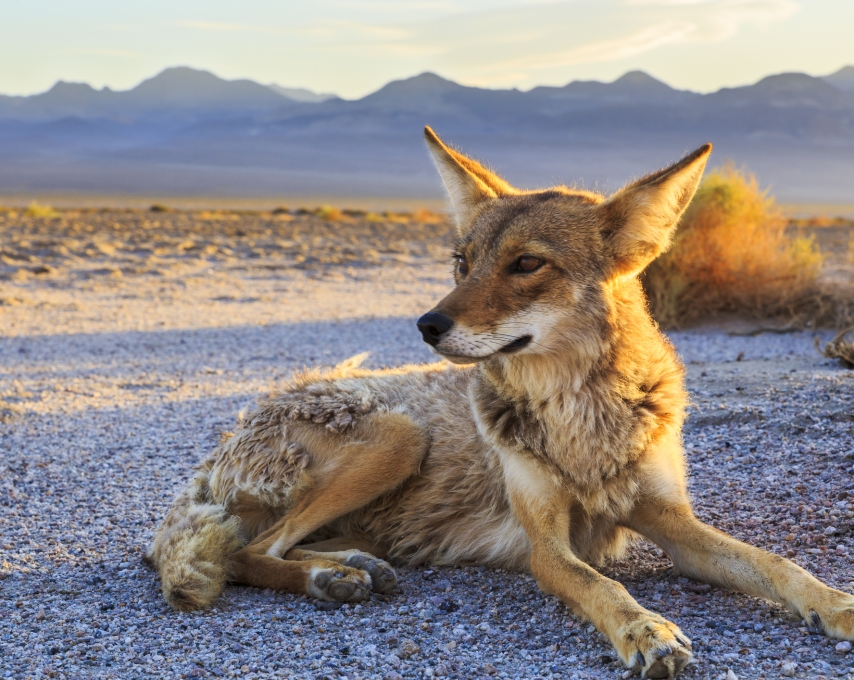
Death Valley National Park
Located in California near the border of Nevada with the bright lights of Las Vegas just over 2 hours away, Death Valley National Park is a sanctuary for a wide array of fascinating wildlife. The park boasts more than 400 animal species, including 51 mammals, dozens of reptiles, and even six kinds of fish. Keep your eyes peeled for bighorn sheep, elusive coyotes, nimble kit foxes, and roadrunners zipping across the highway. At The Oasis at Death Valley, you might spot coyotes feeding on fallen fruit in the date palm groves.
Contrary to popular belief, the park’s seemingly barren dunes provide shelter and habitat for many animals, including coyotes. The sands themselves offer a unique record of animal activity — look out for tracks left by cat-sized desert kit foxes and kangaroo rats, and the strange parallel marks left by sidewinder rattlesnakes. Try getting out early in the morning to see these markings before other visitors disturb the sands.
Desert bighorn sheep, the largest of the park’s native animals, are found at all elevations, particularly near water sources. However, spotting them can be challenging as they are shy and can easily blend into the sands and rocks. Keep an eye out for something white that appears to be moving, as the sheep have distinctive white rumps. Klare Spring in Titus Canyon is an excellent area to see bighorns.
Perhaps the most surprising animal in Death Valley is the Salt Creek pupfish, a tiny inch-long creature found nowhere else in the world. These resilient pupfish are remnants of the Ice Age, when Lake Manly filled the valley to a depth of 600 feet. Today, the pupfish are confined to Salt Creek, which you can explore on a quarter-mile boardwalk in Badwater Basin, the park’s lowest point. The creek and marsh habitat is also a prime birding spot, particularly during the spring mating season.
Another bird species, greater roadrunners (always a treat for cartoon fans), reside in the park year-round. The Furnace Creek Golf Course at Death Valley and its ponds provide a sanctuary for waterfowl, hawks, falcons, and owls, and is recognized as a Certified Audubon Cooperative Sanctuary by the Audubon Cooperative Sanctuary System (ACSS). Visitors can access an Audubon viewing platform from the airport road. In fact, 320 bird species are recorded in the immediate area throughout the year. Even birds not usually associated with arid habitats are common in Death Valley National Park, with ruddy ducks, American coots, and spotted sandpipers.
To make the most of your visit, consider taking a guided tour with one of the park rangers. The park offers many activities, from exhilarating hikes and captivating bird-watching tours to mesmerizing stargazing events that will leave you in awe.
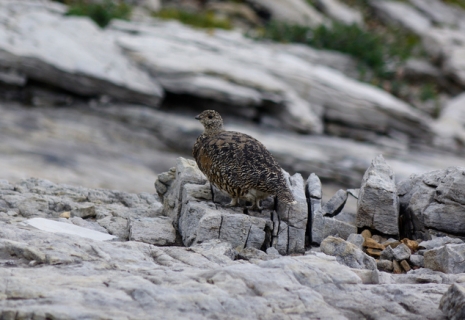
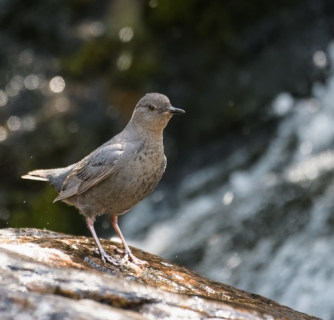
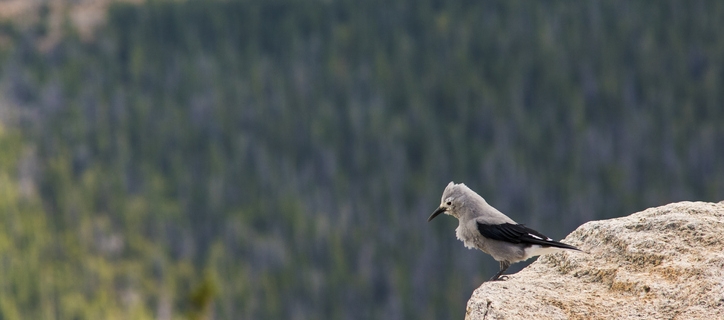
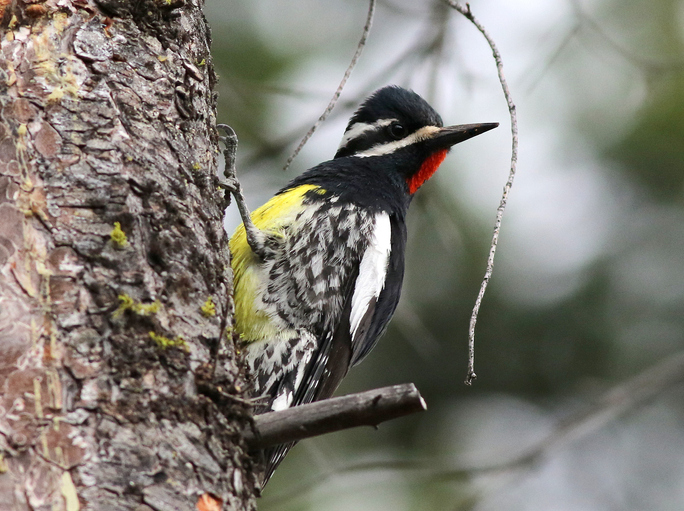
Rocky Mountain National Park
From tundra to forest to lake, the diverse habitat of Rocky Mountain National Park makes it another favorite birding destination. The white-tailed ptarmigan is a tundra bird that is usually easy to find on Trail Ridge Road. If you aren’t lucky enough to spot one out the window of the Café at Trail Ridge during lunch, stop in the Alpine Visitor Center and ask a ranger for the latest ptarmigan news. They’re often only a short hike away!
For more birdwatching and breathtaking scenery, hike up to Dream and Emerald Lakes from the Bear Lake area. American dippers, small songbirds that like to play in water and rapids, and Clark’s nutcrackers can be found patrolling the shores of Emerald Lake. The nutcrackers are highly intelligent relatives of crows that have learned that humans in the park are not a threat, allowing birders who linger close views and photography opportunities. The aspen and pine woods at Upper Beaver Meadows is nesting habitat for the Williamson’s sapsucker, one of the most sought-after woodpeckers in the west.
From the playful American dippers and the clever Clark’s nutcrackers to the elusive Williamson’s sapsucker, visitors can immerse themselves in the beauty of the park and its feathered inhabitants.
From the beautiful birds of the Grand Canyon to the diverse wildlife in Yellowstone and the unique desert fauna of Death Valley, the wildlife watching opportunities are endless. With Xanterra Travel Collection® and the expertise of experienced rangers, visitors can experience wildlife in our national parks like never before. So, pack your bags, grab your hiking boots, and embark on an unforgettable journey into the heart of nature.
For more travel experiences available from Xanterra Travel Collection®, visit Xanterra.com/stories.


